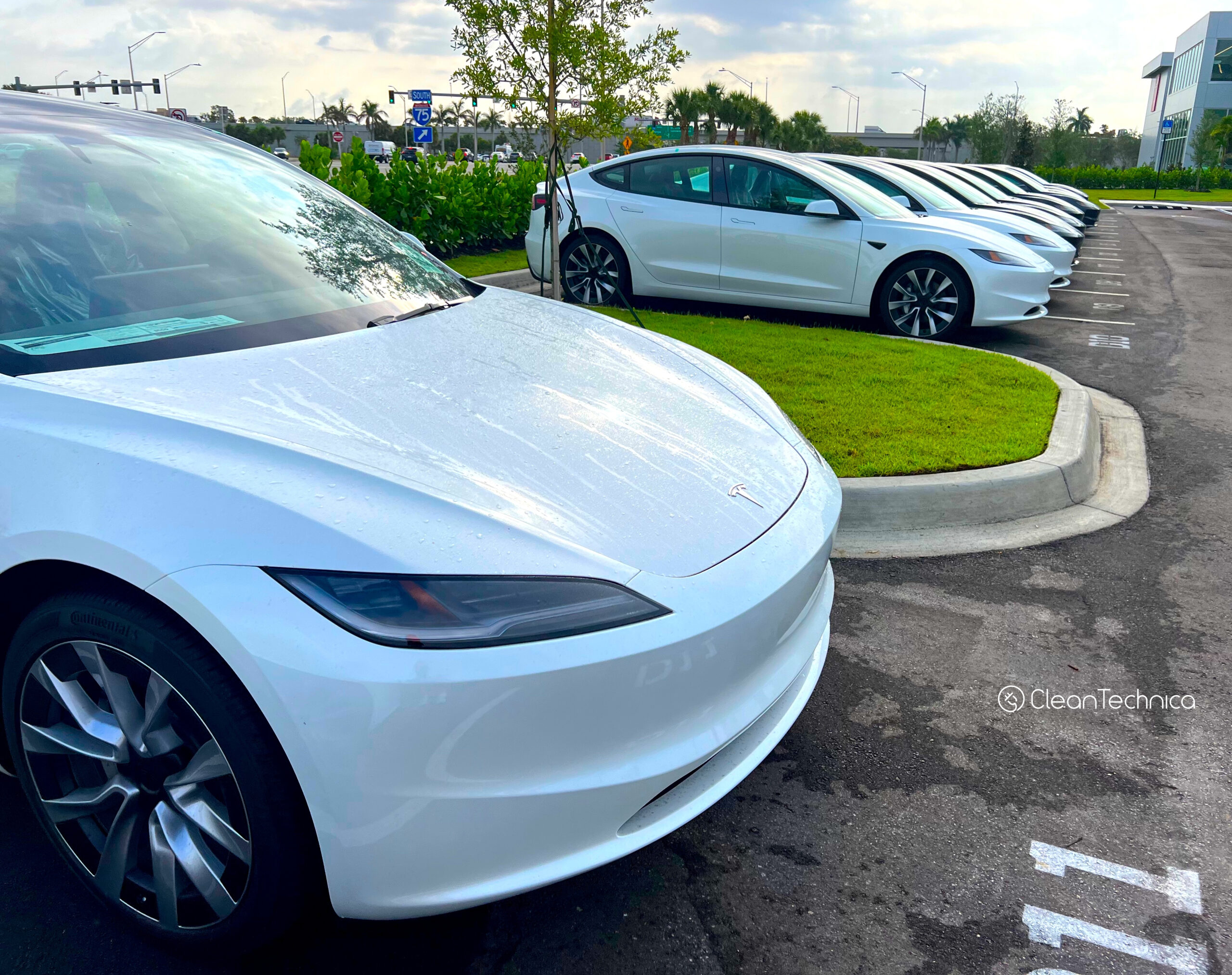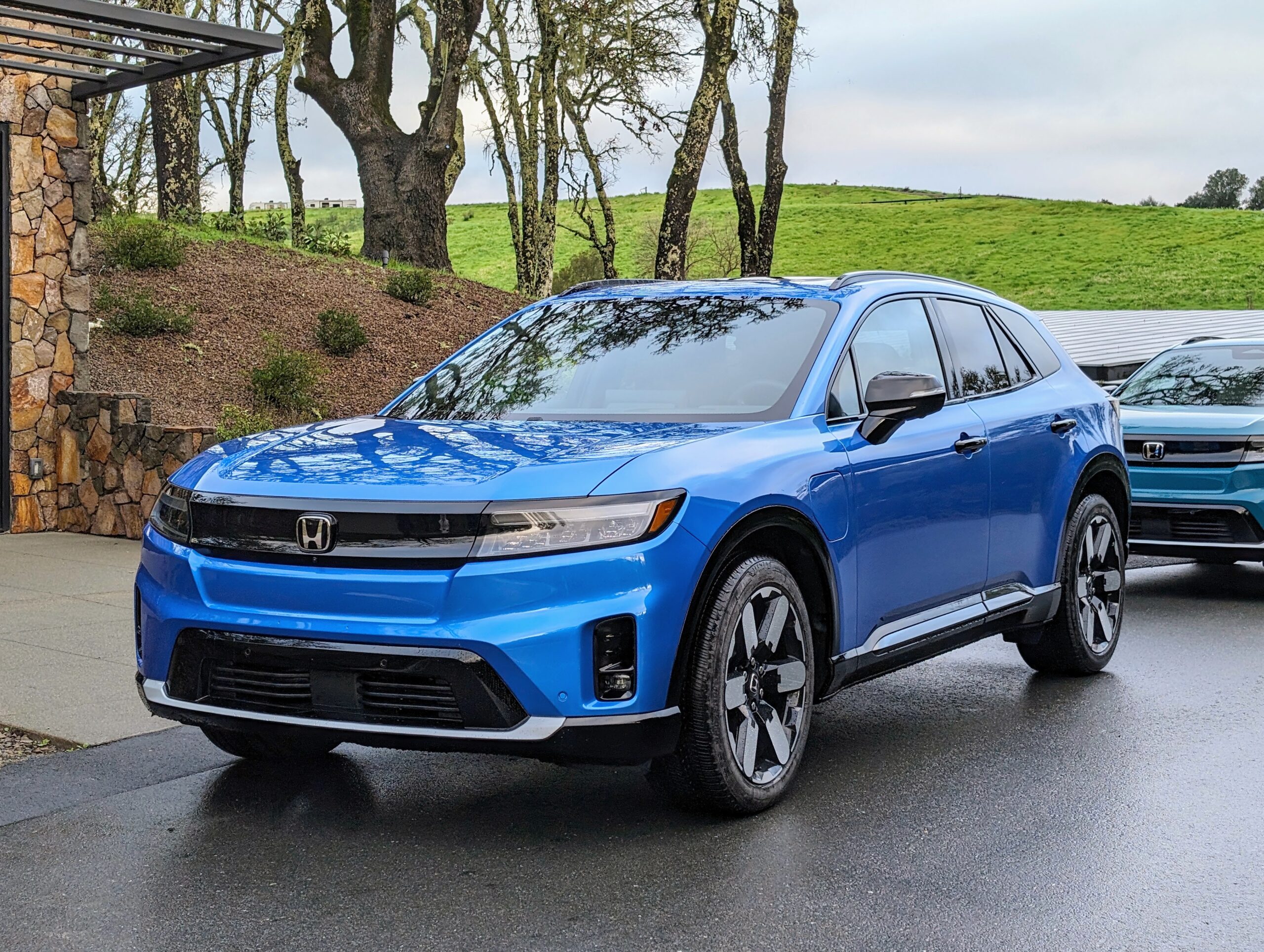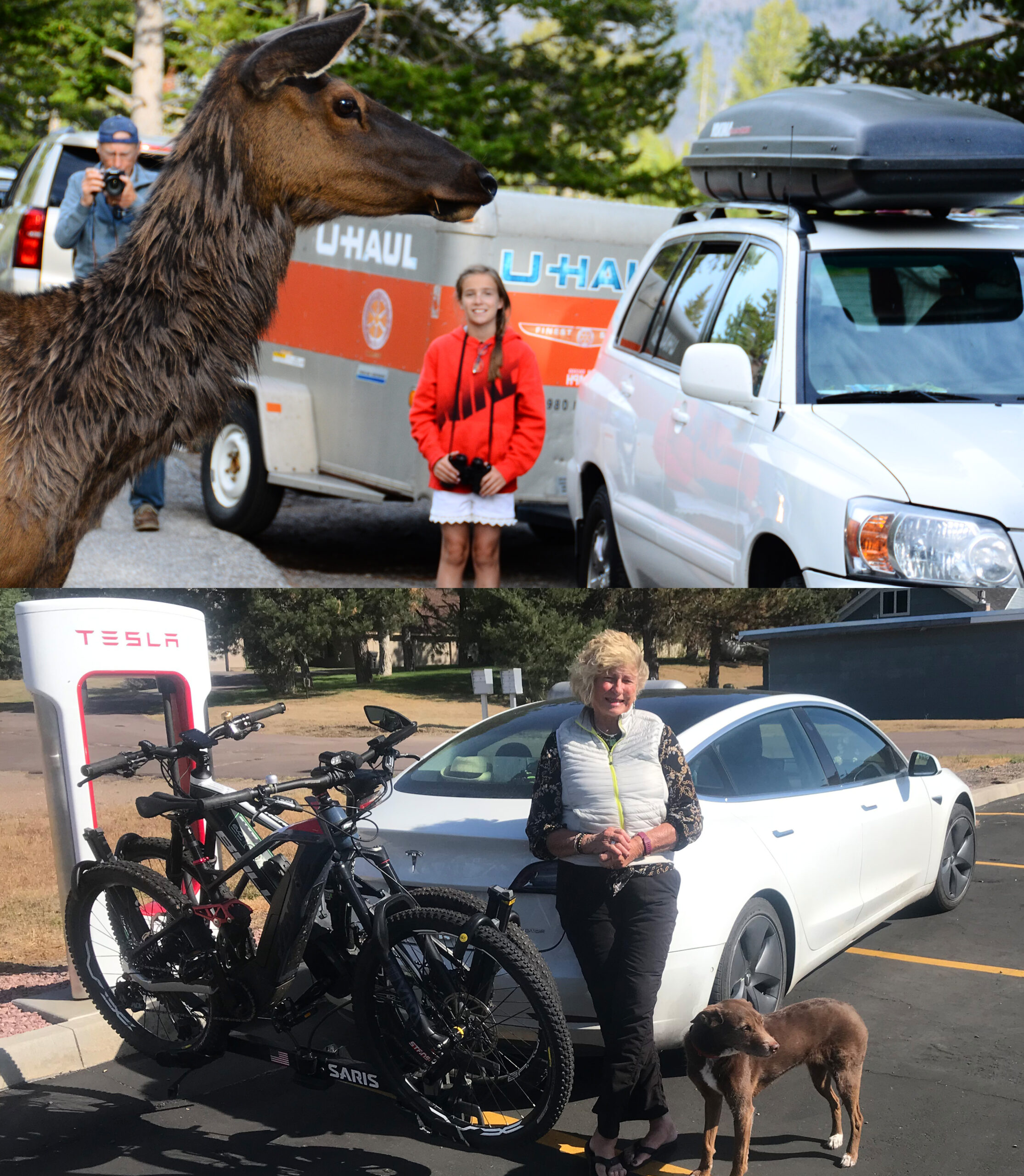Sign up for daily news updates from CleanTechnica on email. Or follow us on Google News!
When we were teens with newly minted driver’s licenses, we loved to navigate the switchbacks up to the fire tower at Soapstone Mountain. From the lookout platform, we could see for miles across the Connecticut Valley. While no longer staffed, this site was once an essential place on a hot, dry day to witness the first glimpses of a fire across the lowland expanse. Much of that analysis today is technology-based, and it seems the next mechanism to prevent wildfires from spreading is generation of 3D models.
Wildfire has long been a particular feature of California’s landscape. Fires attributed to power lines consist of roughly half of the most destructive fires in California history. Think of the hot summer days that seem endless. Fire work crews and vegetation management teams have mowed the utility understory and pruned nearby branches. The tinderbox is still so dry, though, that it seems ready to burst into flames. It takes expertise to recognize wildfire threats. Evaluating fire behavior requires the integration of the source, size, and number of firebrands; the distance the firebrand is carried downwind; and the probability of igniting a new fire at the downwind location.
Neara, an infrastructure modeling platform that uses artificial intelligence (AI) to create 3D models network-wide for engineering-grade simulations and analytics, today announced a multi-year partnership with Southern California Edison (SCE). Neara zooms in on the core energy ecosystem to build better grids, keep them safe from natural disasters, and reduce the need to build new transmission lines for renewable energy. Building new transmission lines is the biggest obstacle to bringing clean energy online.
They say that no longer will utilities and other providers have to depend on “if onlys.” With predictive AI, Neara explains that emergency response plans have the addition of a physics-backed, engineering-grade 3D digital models to find and resolve encroaching vegetation that poses a risk to utility assets, high-risk infrastructure whose failure may ignite surface fuels and trigger wildfires, and efficient grid-hardening solutions to strengthen a network’s resiliency.
Monitoring real-time weather and ground conditions is one of the ways SCE can better predict wildfire risks. They are now taking advantage of machine learning provided by Neara to improve the accuracy of their weather forecasts and models. These enhanced capabilities allow for more targeted PSPS outages, hopefully minimizing the number of people affected.
How does it work? Neara’s enterprise-grade, 3D network modeling technology uses AI/ML to aggregate utilities’ broad spectrum of data sources into one hyper-realistic digital simulation environment. From there, utilities can use the model to simulate how their assets will respond in the real world. The key is to be able to anticipate multiple conditions based on hundreds of environmental and behavioral variables.
Neara’s 3D models will help SEA to minimize network monitoring blind spots in stress-testing grid resilience. The 3D models improve severe weather response while reducing reliance on manual field surveys. By combining data sources — such as LiDAR and satellite imagery — into Neara’s digital network model, SCE will be able to automatically discover and address potential issues before they become serious risks.
Knowing how networks behave in real-world environments during any scenario is empowering to grid operators and helps them to make more highly accurate decisions. The results can mitigate high-risk exposure, combat the effects from the climate crisis and extreme weather events, and boost renewable energy integrations by leveraging existing infrastructure.
You may remember that SCE faced more than half a billion dollars in fines and penalties for its role in five devastating wildfires in 2017 and 2018. As the LA Times reported, the California Public Utilities Commission approved the settlement agreement with the utility relating to the Thomas, Woolsey, Rye, Meyers and Liberty fires, which collectively burned more than 380,000 acres and destroyed thousands of homes.
Investigators with the commission’s Safety and Enforcement Division determined that SCE violated state safety regulations that govern the design, construction, and maintenance of overhead electrical lines and communication facilities, which led to the ignition of the blazes. According to the California Department of Forestry and Fire Protection, electrical equipment was responsible for 10% of the state’s blazes in 2019.
Vegetation management that SCE conducts works to minimize the impact trees and vegetation have on providing safe and reliable electric service. It includes hazard tree assessments, tree pruning and removal, brush removal, and weed abatement. The company says on its website that vegetation management is a matter of public safety and for the reliability of the power grid. California regulations require utilities to trim trees or vegetation so they don’t grow into or fall into high-voltage power lines, which could not only cause a power outage but could spark a fire or be a danger to the public. They have also installed 1660 weather stations and 180 wildlife cameras to increase visibility in nearly high fire risk areas.
SCE is one of the largest electric utilities in the US, as it serves 15 million people in Southern California. SCE plans to leverage Neara’s dynamic AI capabilities across its 50,000-square- mile service area to enhance network analytics capabilities, wildfire risk mitigation, and vegetation management programs. The agreement means that SCE’s network profile joins the over 1 million square miles and 8 million assets currently managed on the Neara platform to help identify specific locations where vegetation may pose a high risk to electrical equipment so they can prioritize and mitigate possible ignitions.
Southern California Edison’s 2023-25 Wildfire Mitigation Plan now builds upon lessons learned from their 2020-22 Wildfire Mitigation Plan to maintain the wildfire risk reduction the company has achieved to date. The plan intends to further reduce the significant wildfire risk and Public Safety Power Shutoff (PSPS) impacts that remain in high fire risk areas. They pledge that they continue to make progress in installing covered conductor, undergrounding overhead power lines in severe risk areas, and implementing cutting-edge technologies to help predict the wildfire threat.
Neara also completed a line-rating study in Texas that can double the energy capacity on existing infrastructure to bring renewables online faster. The money is being used to build out a System of Enablement model where stakeholders — from governments to utility operators — can read from the same data and drive macro grid safety/sustainability issues. Neara has its headquarters in Sydney, Australia.
Have a tip for CleanTechnica? Want to advertise? Want to suggest a guest for our CleanTech Talk podcast? Contact us here.
EV Obsession Daily!
I don’t like paywalls. You don’t like paywalls. Who likes paywalls? Here at CleanTechnica, we implemented a limited paywall for a while, but it always felt wrong — and it was always tough to decide what we should put behind there. In theory, your most exclusive and best content goes behind a paywall. But then fewer people read it!! So, we’ve decided to completely nix paywalls here at CleanTechnica. But…
Thank you!
Tesla Sales in 2023, 2024, and 2030
CleanTechnica uses affiliate links. See our policy here.




